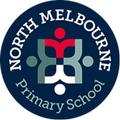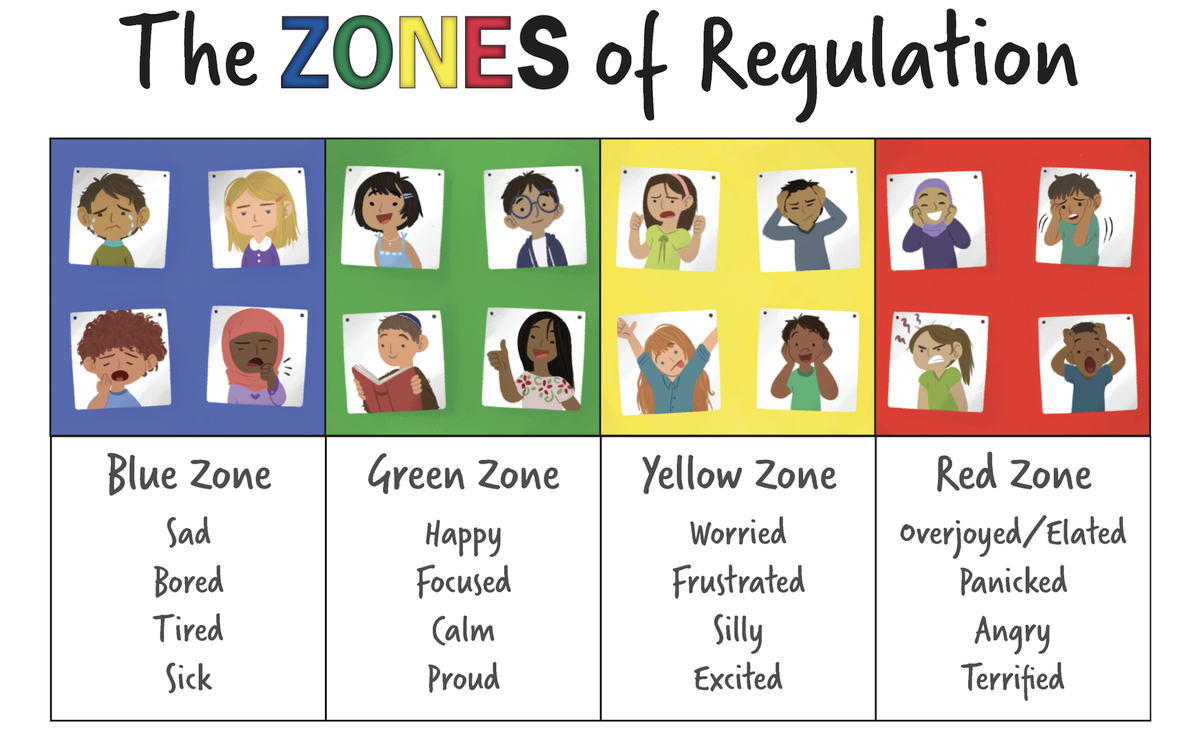Wellbeing

From Shaun, Wellbeing
The Zones of Regulation at NMPS
At NMPS, we are committed to supporting every student’s emotional wellbeing and personal development. As part of our whole-school approach to social and emotional learning, we’ve been using the Zones of Regulation for several years—from Prep through to Year 6. For those unfamiliar with the approach, the Zones of Regulation is a framework that uses four coloured zones to help students recognise and communicate how they are feeling:
Blue Zone: low energy emotions like sadness, tiredness, or boredom
Green Zone: calm, focused, and ready to learn
Yellow Zone: elevated emotions like excitement, frustration, or anxiety
Red Zone: intense feelings like anger, panic, or extreme stress
By helping students identify which “zone” they are in, the program promotes emotional awareness and provides them with tools and strategies to self-regulate. This might include breathing exercises, movement breaks, using calming tools, or speaking to a trusted adult. Importantly, the Zones are not about labelling emotions as “good” or “bad” but rather helping students understand that all feelings are valid, and it's what we do with them that matters.
At NMPS, the Zones are embedded into our daily classroom routines and language. Teachers use them during morning check-ins, reflection times, and during moments when students need support in managing strong emotions. Over time, we’ve seen students become more confident in expressing how they feel and choosing appropriate strategies to get back to the Green Zone—our optimal zone for learning and engagement.
The Zones of Regulation play a key role in our broader wellbeing and behaviour support programs, including the Berry Street Education Model and our School-Wide Positive Behaviour approach (information on these can be found on our school website and details will be shared in future newsletters). Together, these initiatives help our students become more self-aware, resilient, and responsible learners who are equipped to navigate both the classroom and the world beyond.
Building a Positive and Supportive NMPS
As we move further into the year, it’s a great time to pause and reflect on the shared values that guide our school community. At the heart of our approach is the belief that clear, consistent expectations help students feel safe, supported, and ready to learn.
You may recall our SWPBS Matrix that was shared with you earlier this year that outlines the key behaviours we expect from all students and forms the foundation of how we learn and interact together. We ask that you take a moment to refamiliarise yourselves with this document and use the same language.
Consistency between home and school sends a powerful message to children: that we are working together to support them. When they hear the same language, values, and expectations from both their families and teachers, it strengthens their understanding and encourages them to take responsibility for their choices.
We also encourage you to remind your child that if something happens at school, whether they feel worried, uncertain, or need support—they should speak to their teacher or a staff member on Yard Duty. Addressing issues as they arise helps us support your child more effectively and reinforces our shared expectations in a timely and meaningful way.


